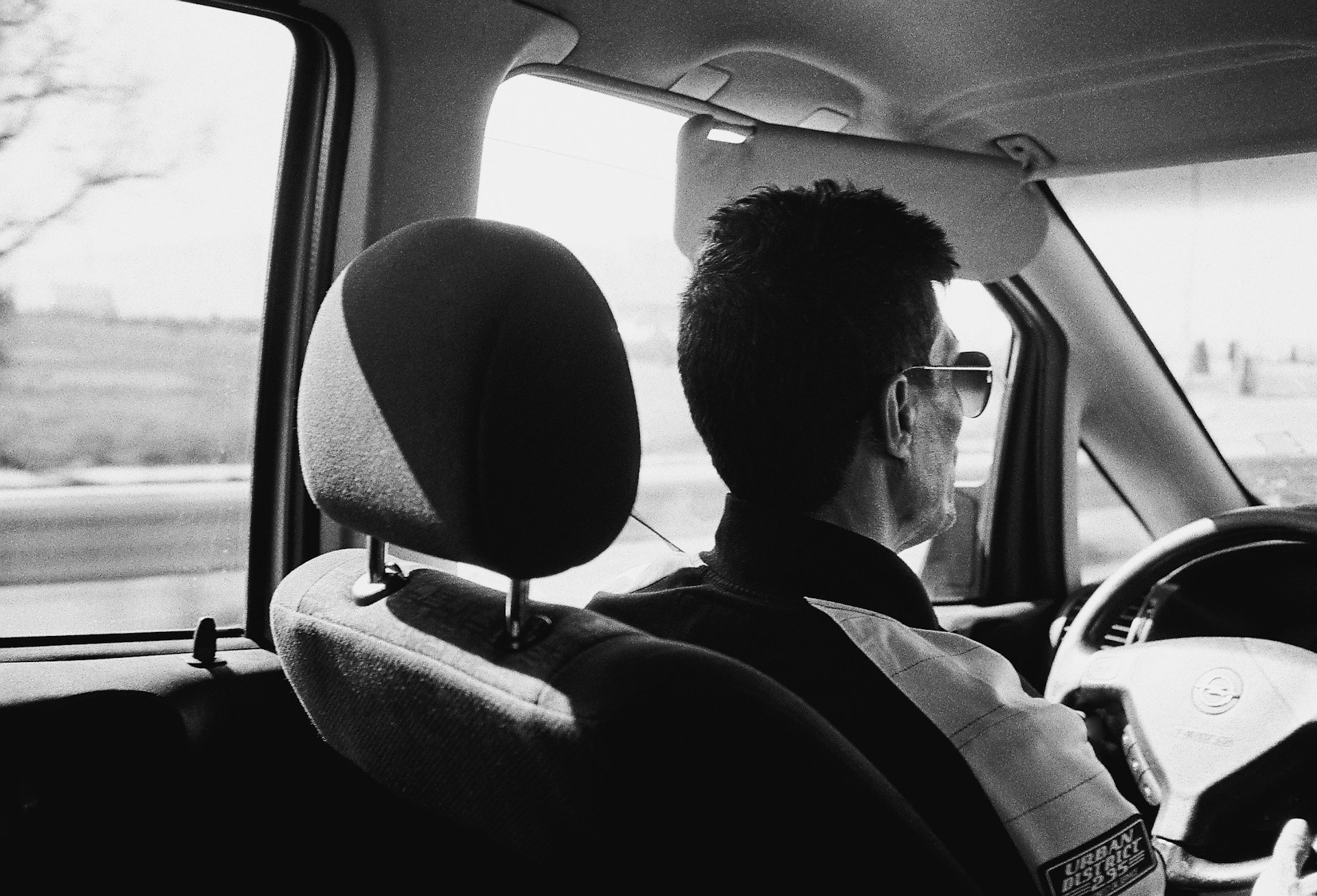
The Travel Diary: Bulgaria is a hitchhikers' paradise
- Text by Ewan Waddell
- Photography by Ewan Waddell
I had read somewhere that in Bulgaria, hitchhiking is an accepted part of the culture, a remnant of the socialist regime. Supposedly, during these times when a lot less people had cars, it was the norm to hitchhike to get where you needed to be – so nowadays, older generations who grew up during those times will often return the favour and pick up young travellers.
For almost every other country I’ve visited in my adult life I’ve had at least some idea of what I was to expect. Even if it’s merely a caricature from a television programme or a movie, I usually feel somewhat prepared for the sights and experiences that await me when going to a new place.
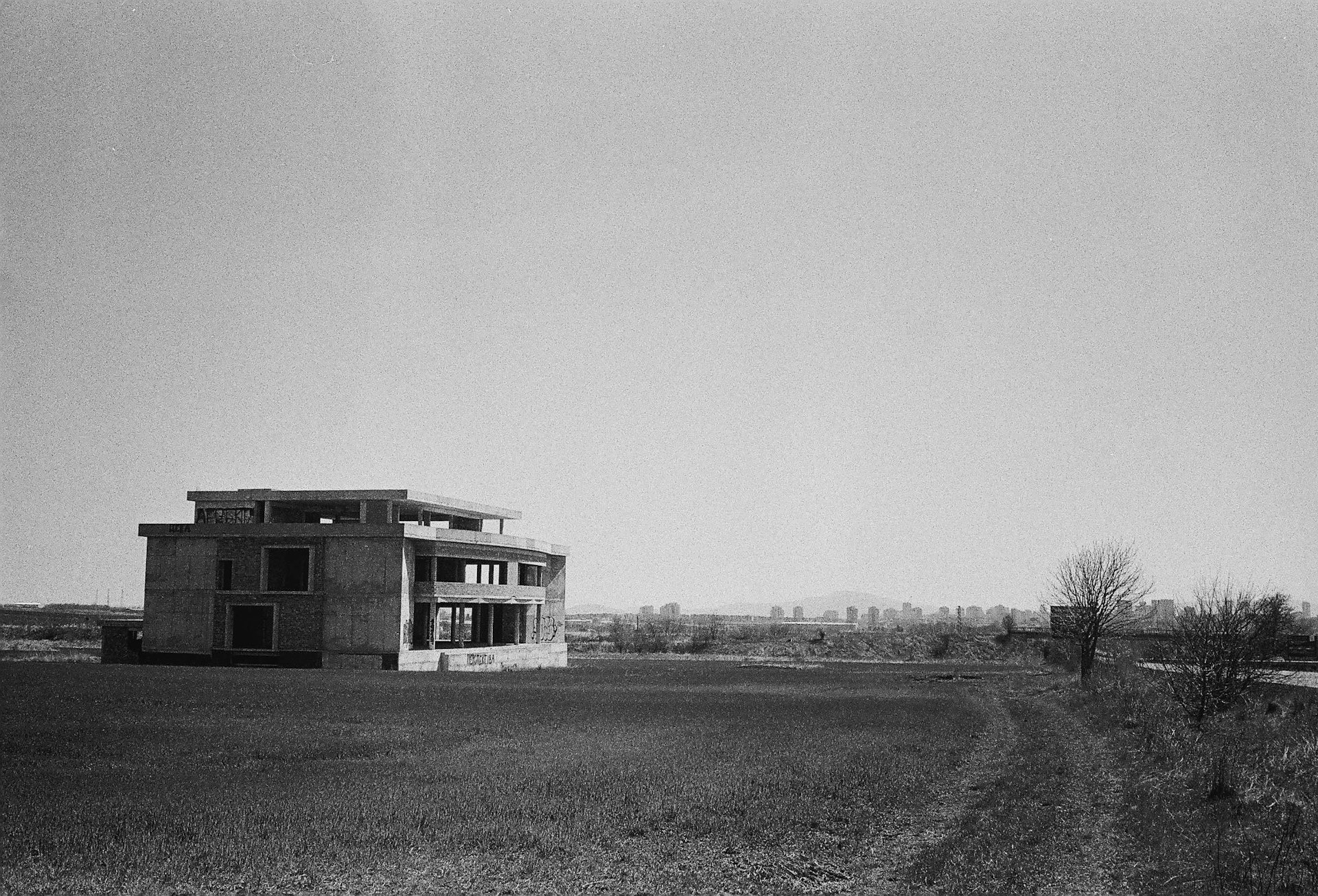
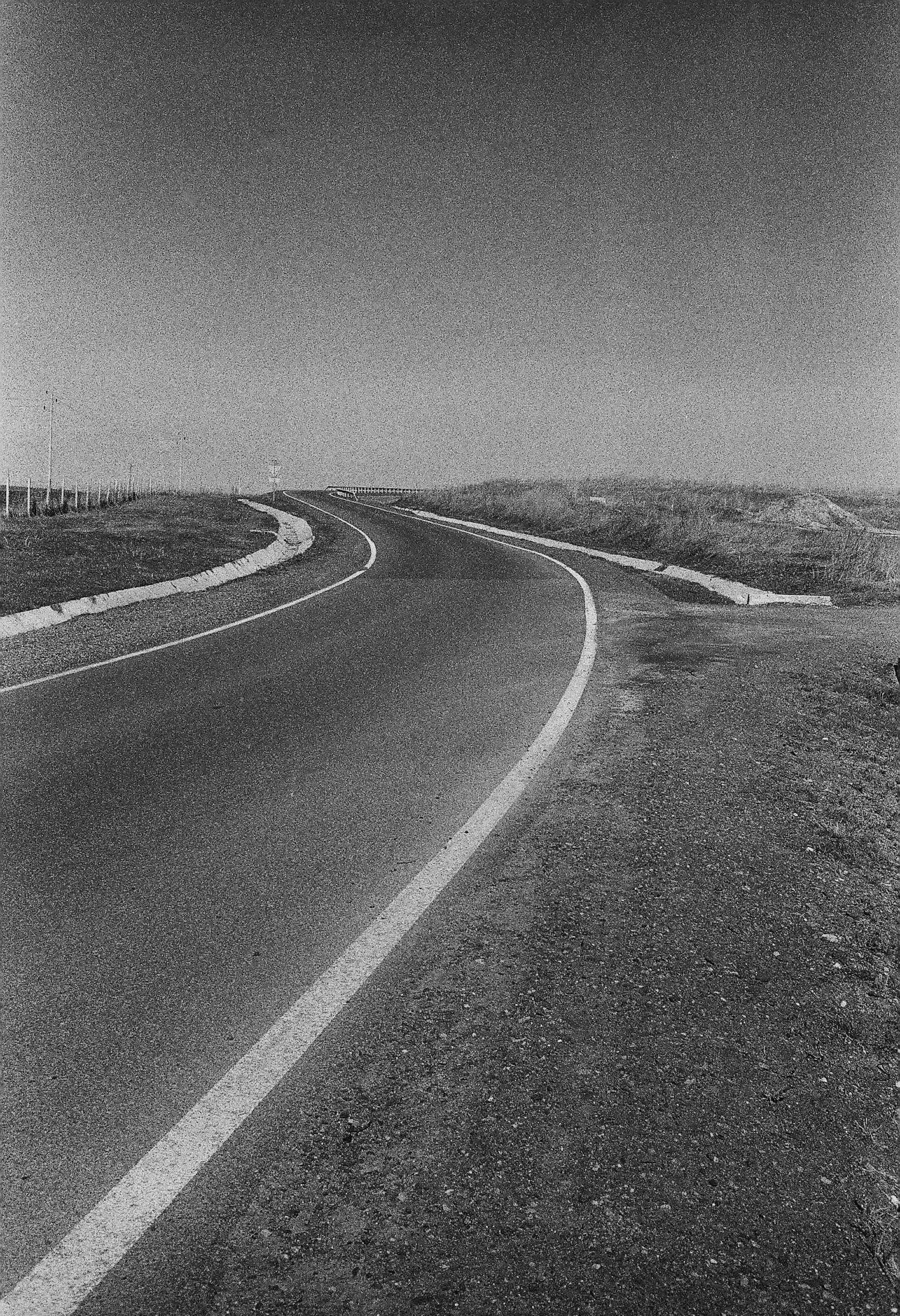
Bulgaria, on the other hand, is a country never affectionately depicted in the media of Western culture – and rather simply included in the group of countries people consider when they refer to ‘Eastern Europe’.
As a Brit, aside from my anecdote about hitchhiking, my understanding of Bulgaria was limited to the vague knowledge of dangerously cheap beers on the Black Sea coast town known as Sunny Beach. Vomiting British tourists on a foreign beach was not something I particularly wanted to experience, but the mystery of exploring a culture so unfamiliar to me was a pull.
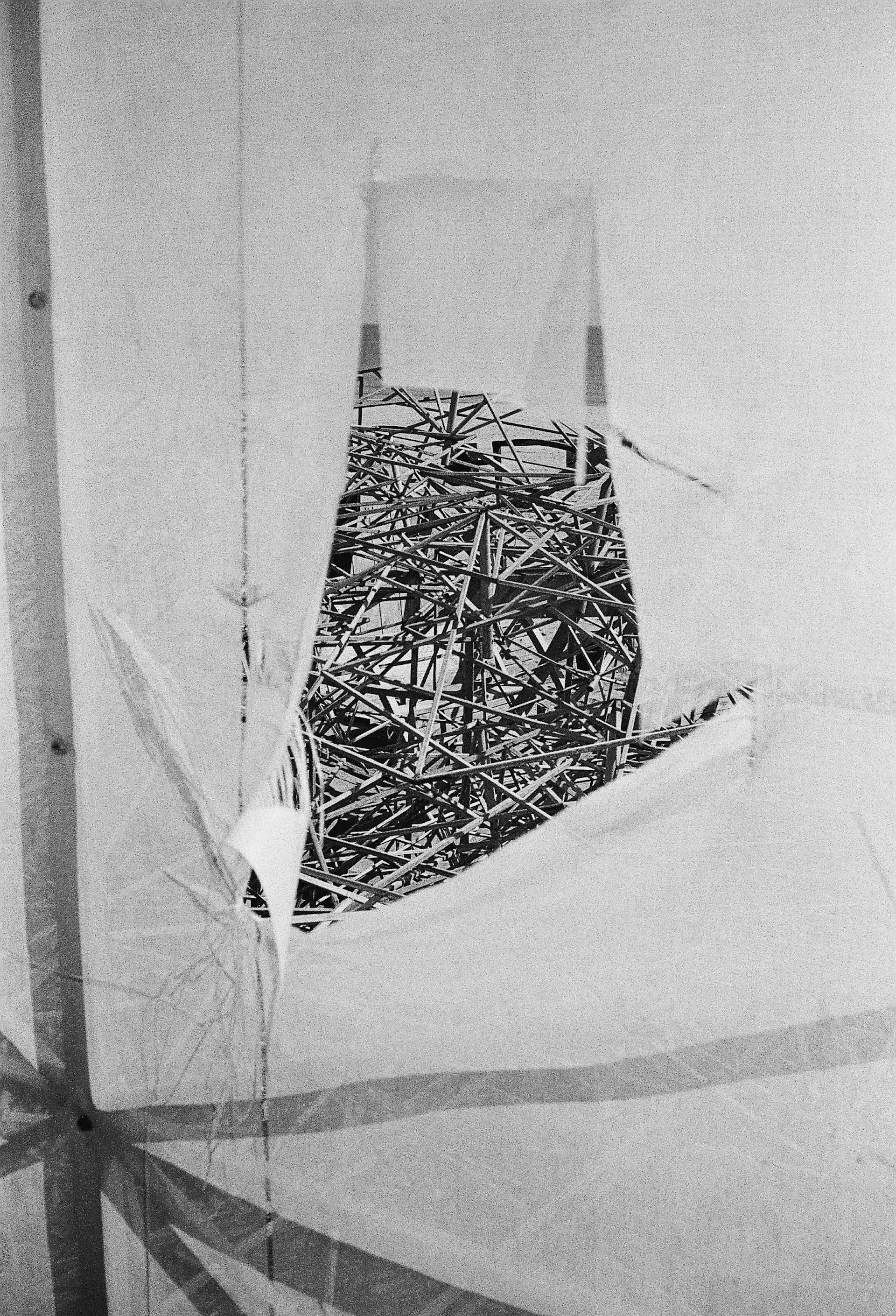
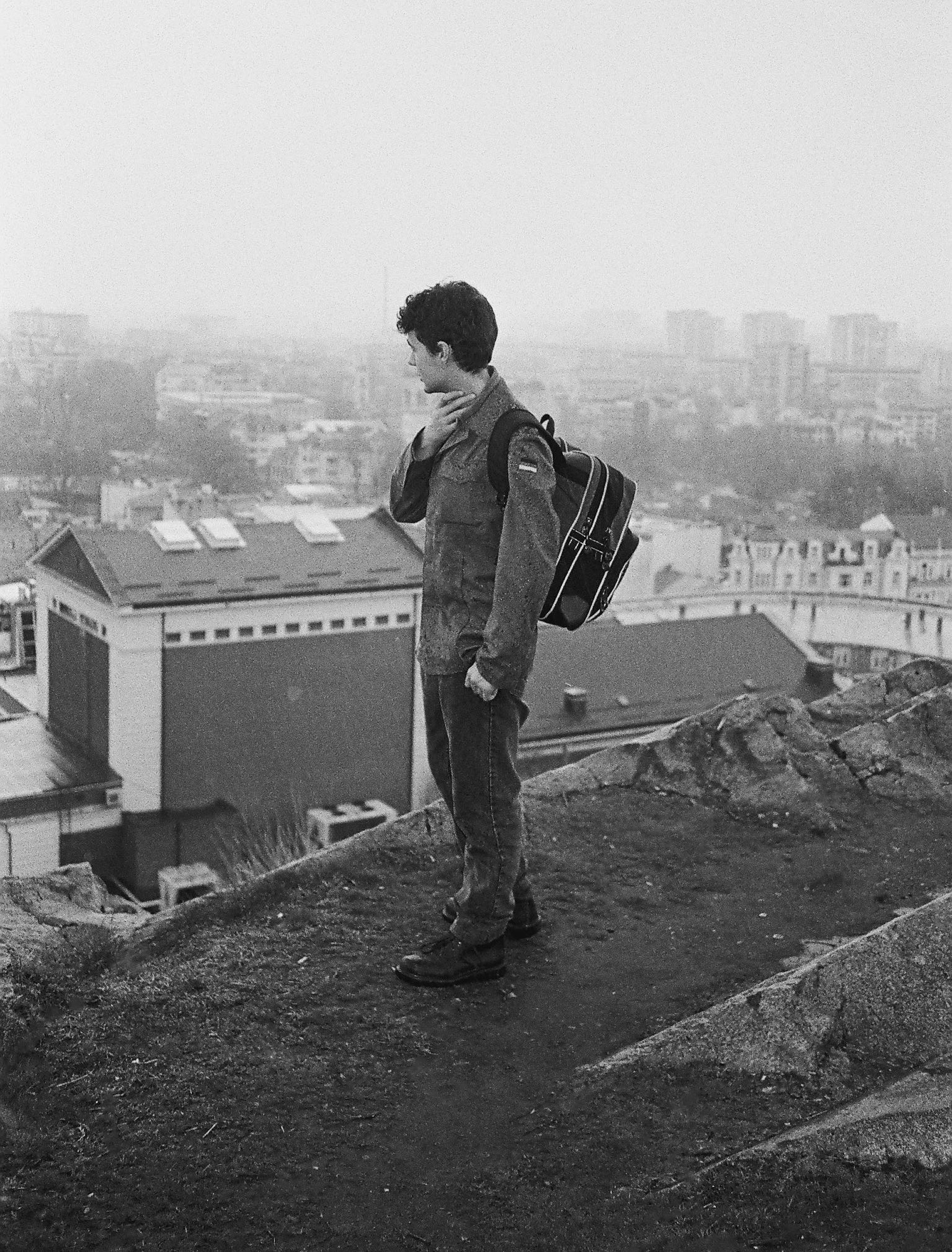
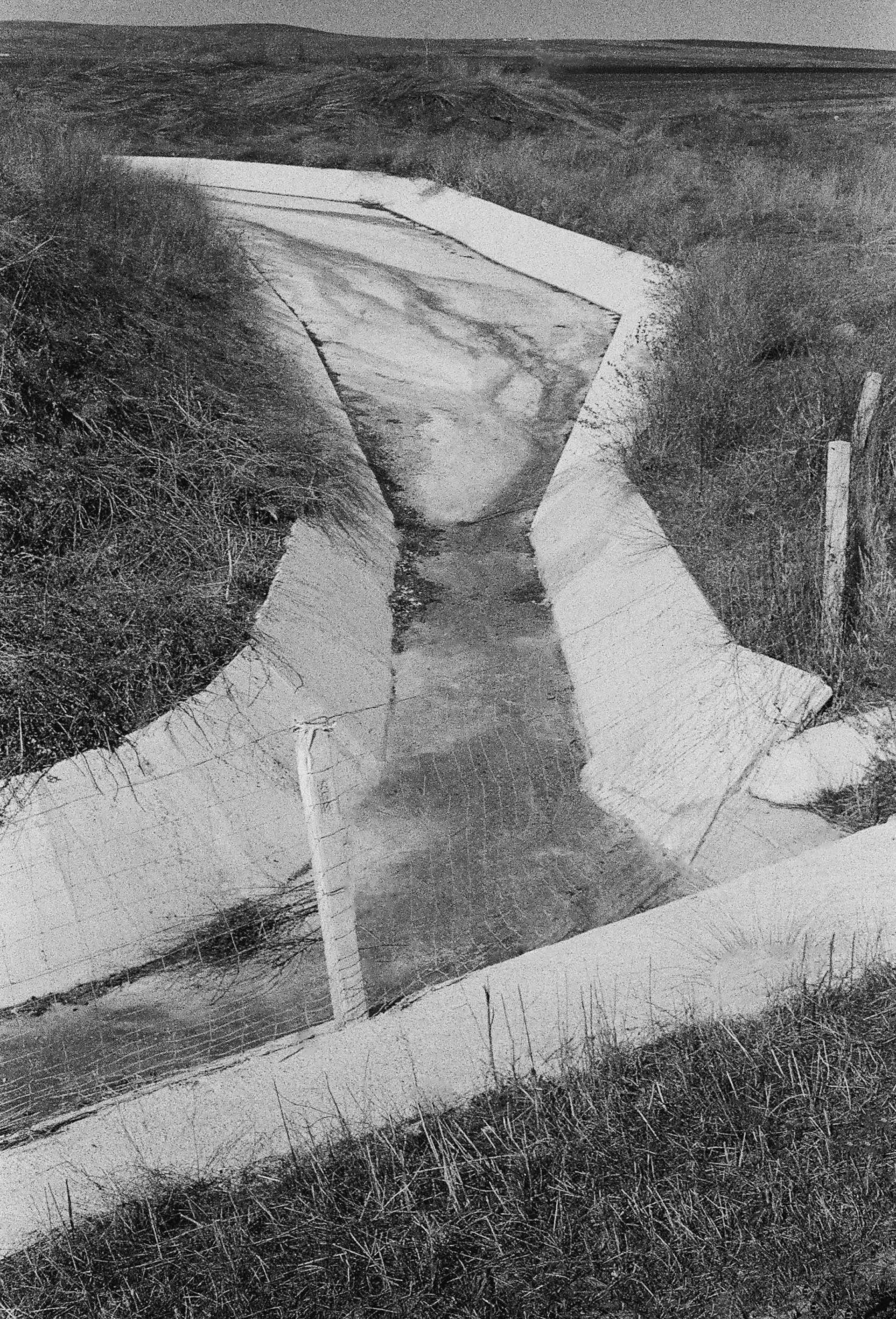
The soviet architecture was striking and unavoidable. The towering blocks of historically brutalist apartments peppered many areas of the bigger towns and cities, allowing their populations to be quite densely contained.
Each town I visited had its own fringe community of Roma on the outskirts; small shacks for houses constructed from scrap iron and wood salvaged from the area. I gathered from the locals I spoke to that there isn’t much integration between the Romani gypsies and the Bulgarians.
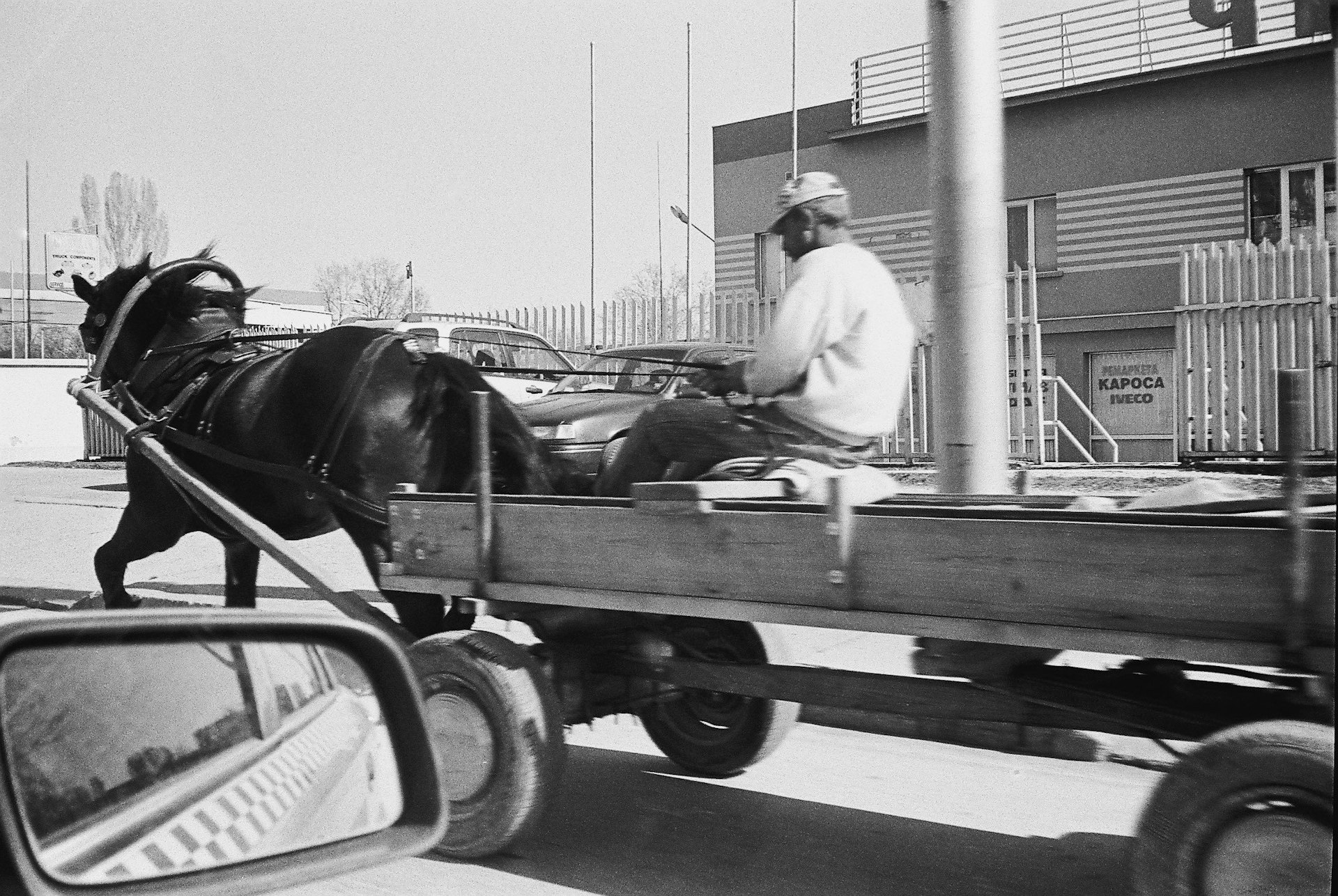
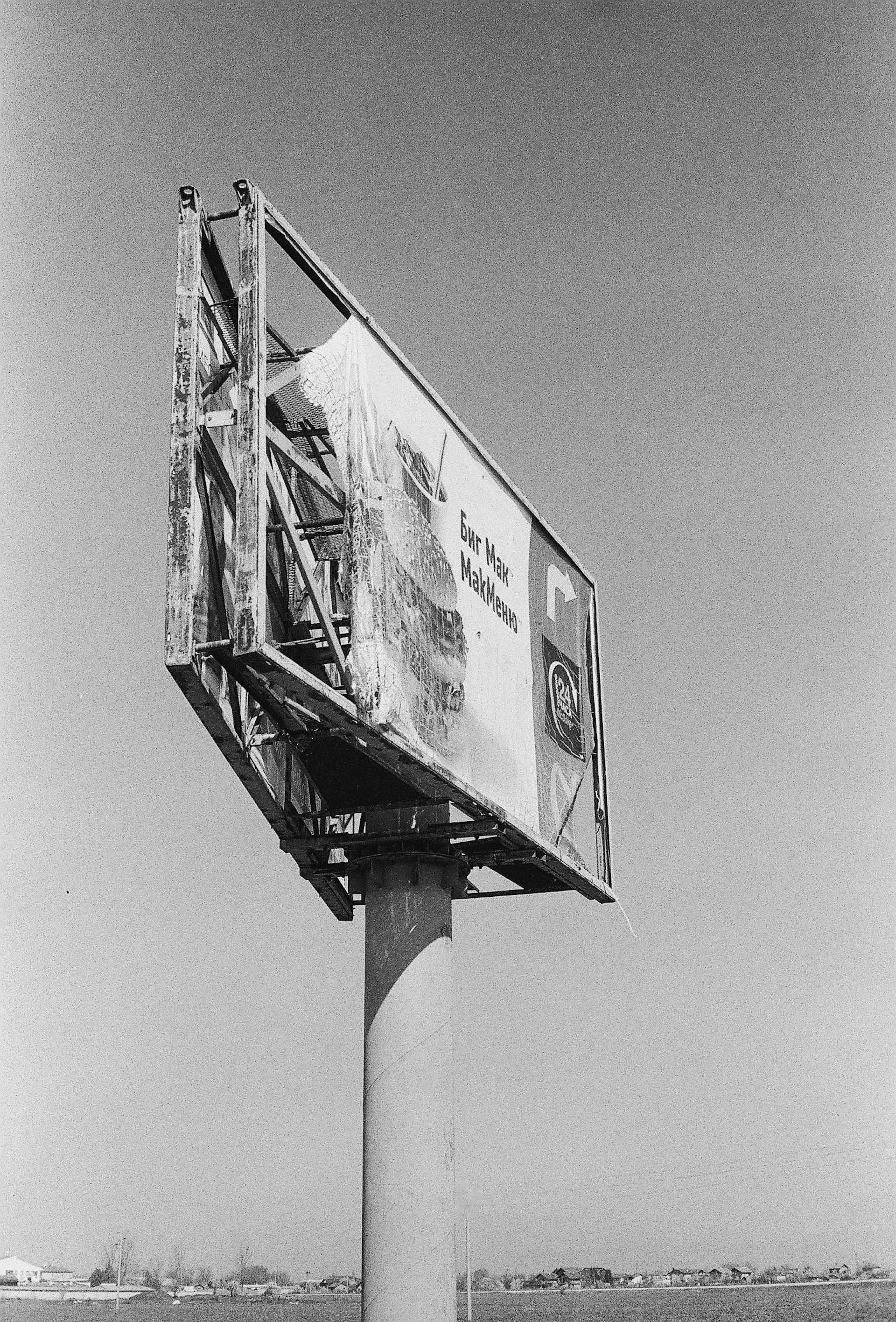
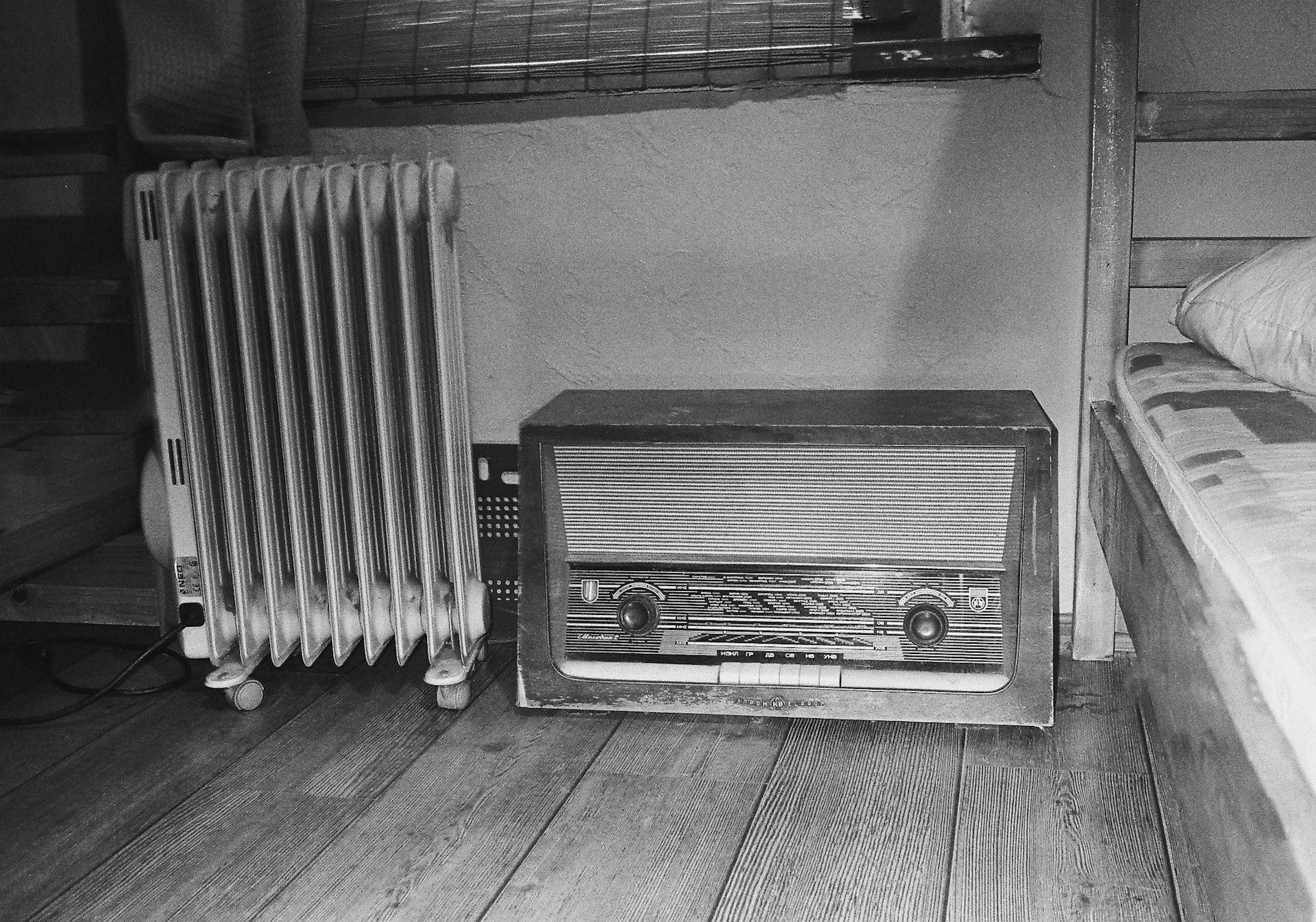
There were occasional pieces of graffiti and vandalism which depicted racist symbols and ideas, but this graffiti was often countered by vigilante vandals who would deface it in disagreement. The occasional derelict buildings and abandoned construction projects were fiercely juxtaposed by the clean, newly built highway which cuts through the centre of Bulgaria East to West, connecting the major towns and cities.
Many times when I would photograph an imported car by the roadside I would think about how, merely a couple of decades ago, these would not have been there. I didn’t expect the highways to be as quiet as they were. Quite often there were tranquil periods of a minute or so when you couldn’t see a car anywhere in sight.
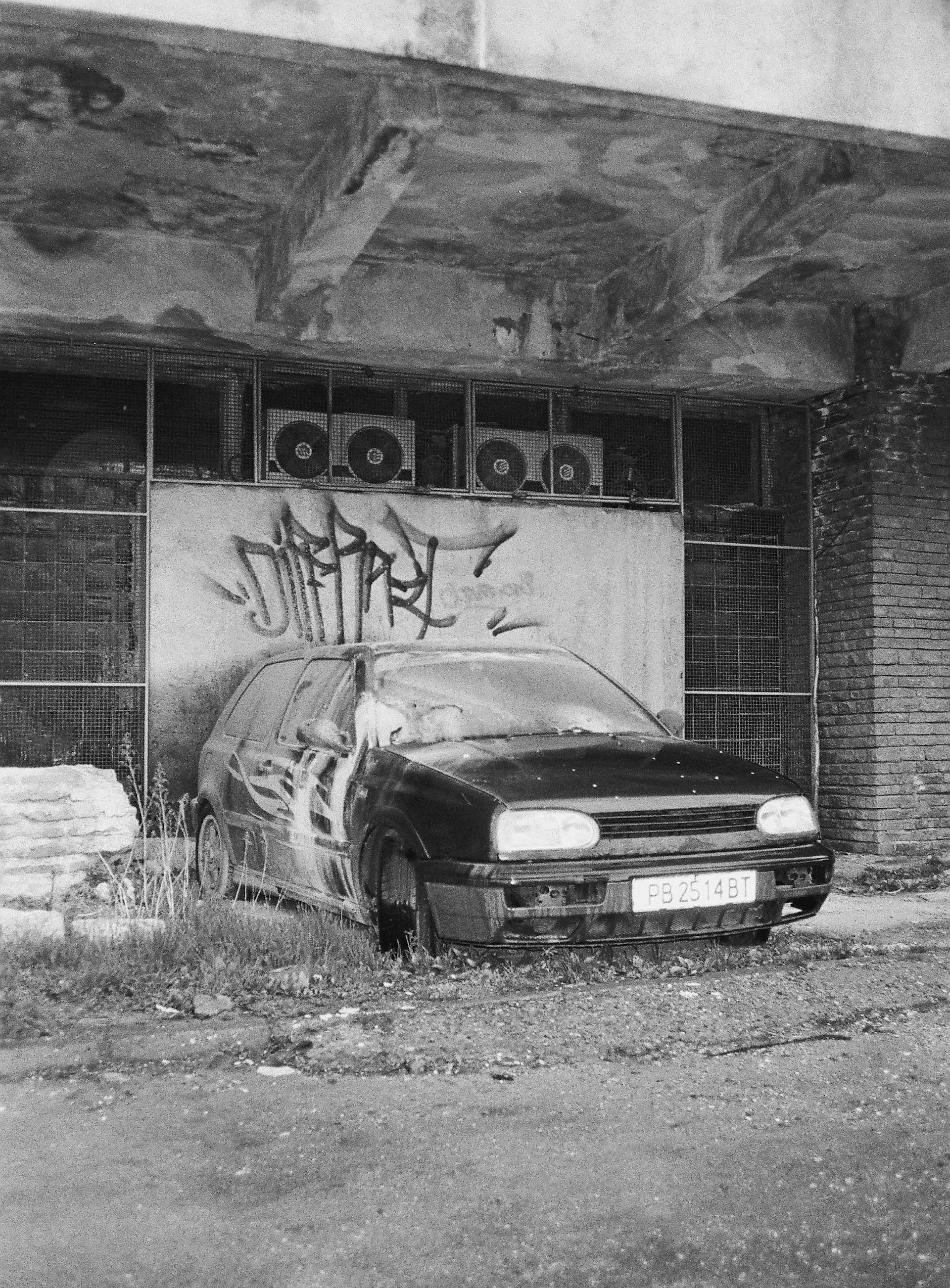

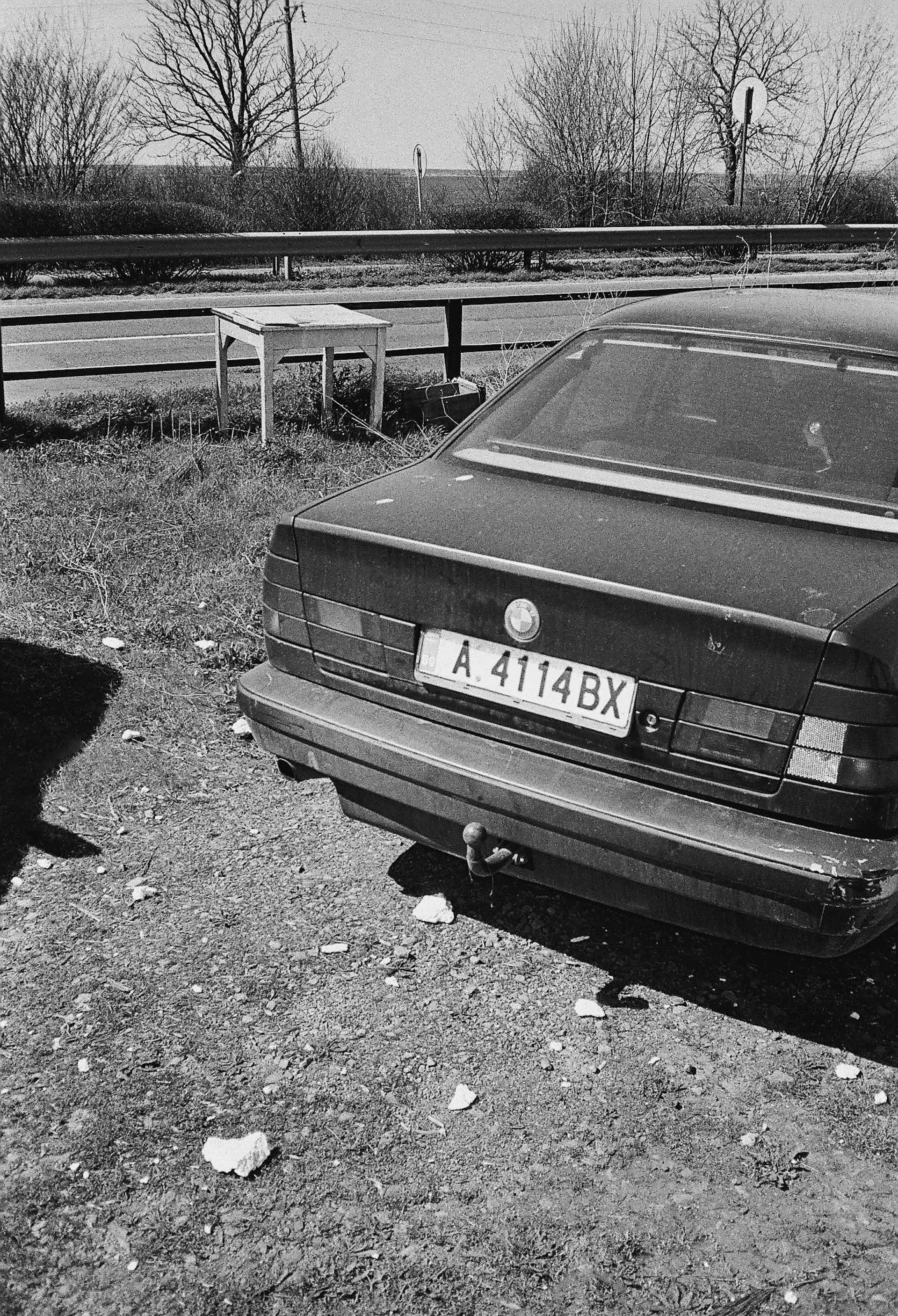
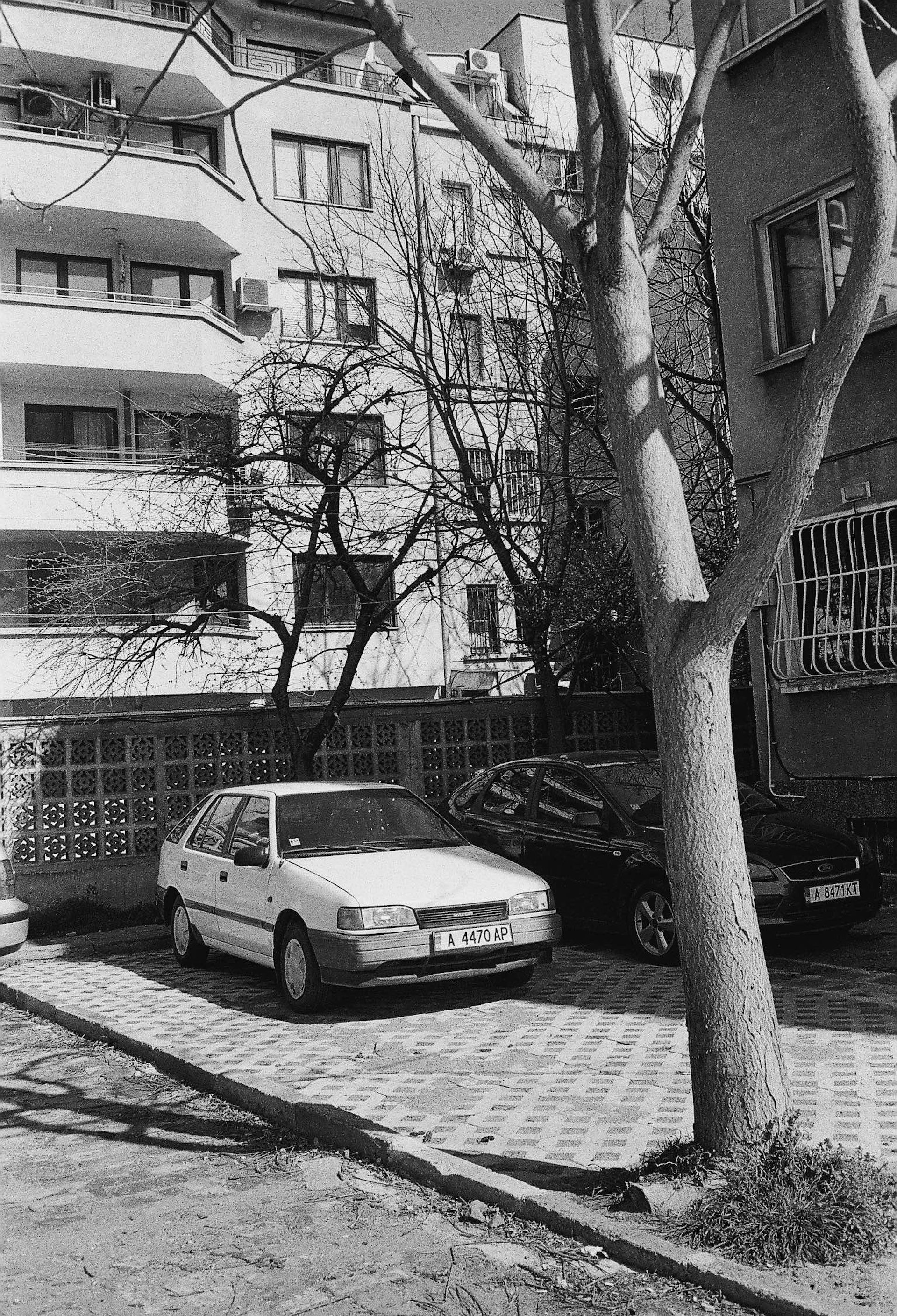
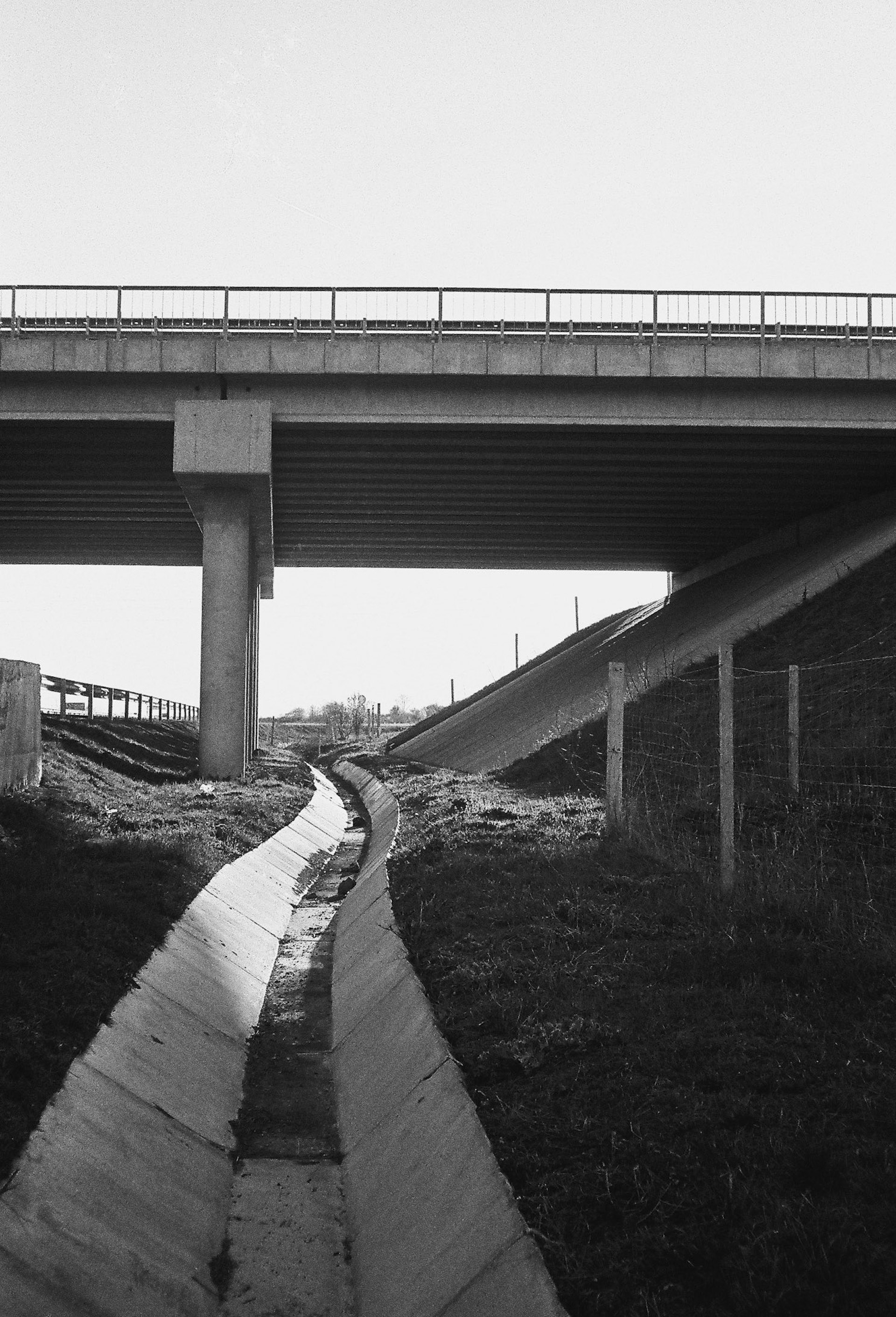

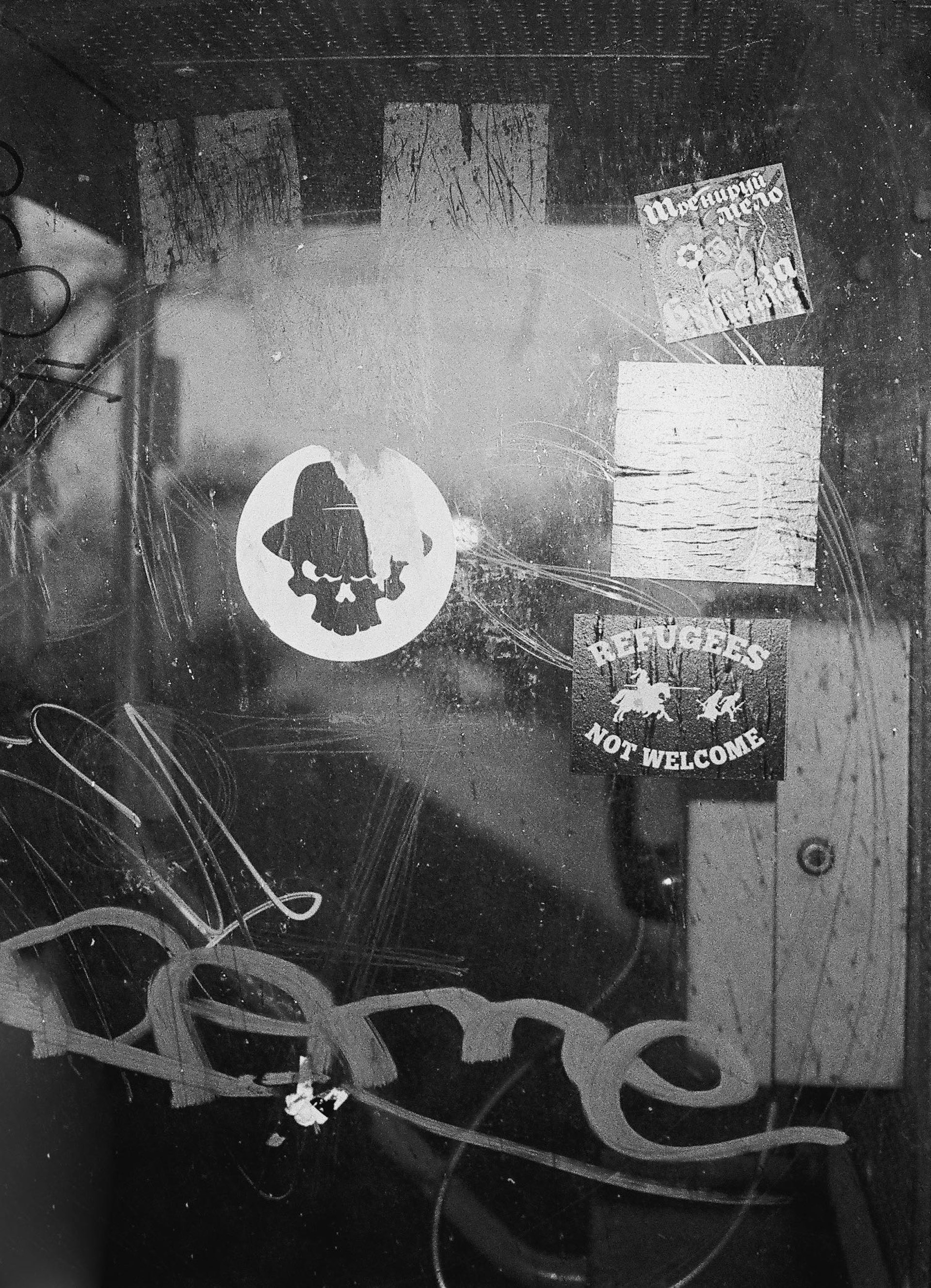
Follow Ewan on Instagram and check out his website.
Enjoyed this article? Like Huck on Facebook or follow us on Twitter.
